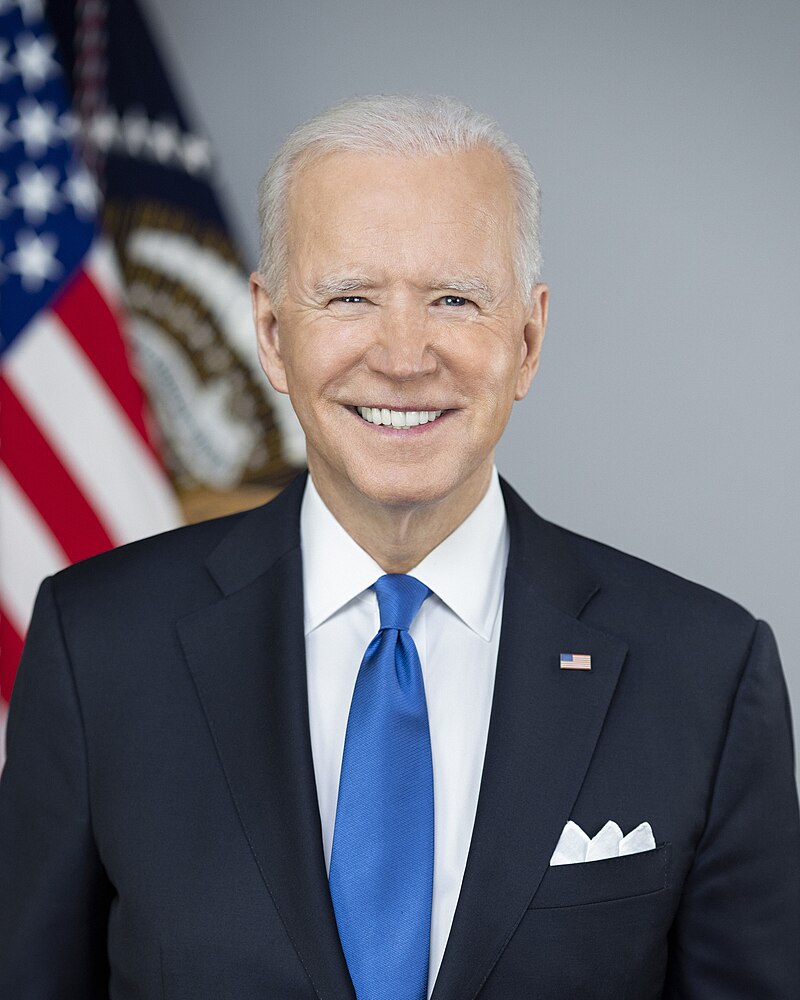You are studying abroad in scenic Sydney, Australia. After a day of researching the rich Aboriginal culture and playing with wallabies, you return to your home-stay only to realize that you are out of eggs. When you reach the store to pick up a dozen, you are shocked to see the price: five dollars.
According to 2012 data released by the Australian Bureau of Statistics, living costs in Australia have risen by 40 percent over the past decade.
“From July 1, 2012, the basic rate of living costs under the Migration regulations increased,” stated Future Unlimited, an Australian government website promoting study abroad in the country. “Under these regulations, prospective student visa applicants must have access to $18,962 a year for the main student.”
As it stands, cost of living in Sydney is around 35 percent more than in New York City, according to Numbeo, a web database consisting of user contributions that provide financial information.
“Despite a booming labor market, many household incomes in Australia are stretched due to rising cost pressures,” said JP Morgan Economist Helen Kevans to The Sydney Morning Herald.
“The cost of necessities like fruit, petrol, electricity and both rent and mortgage interest families have to pay for each week went up faster than inflation,“ said the Australian Council of Trade Unions in a public statement.
Food is one facet of these pressures.
Future Unlimited lists the price of a little more than a pound of chicken in Australia as approximately $7.13. In contrast, a pound of chicken at the Harris Teeter grocery store near campus sells for $3.00 to 5.00 on average.
An online cost of living guide from Charles Sturt University lists prices for food items in Sydney. A loaf of bread is listed at $4 as opposed to the local Harris Teeter’s $1.50 to 3.50 and a dozen of eggs is listed at close to $5 while a dozen eggs locally costs from $2.00 to $4.00.
While abroad in Australia during the summer of 2012, senior Becca Dozier experienced the high cost of food firsthand.
“While I was there, I did notice that food was a lot more expensive,” said Dozier in an email interview. “I was told that’s because they pay their food services employees a decent wage. Also, I believe that if anything is imported, it’s more expensive because Australia is so far away from anything else.”
Compare this to the experience of Sophie Long, a former resident of Sydney now living in Chicago.
“I have certainly noticed a massive difference in cost of living in Chicago versus Sydney,” said Long in an email interview. “Eating out, cabs, a gym membership, public transport, groceries, clothes and pretty much everything are half to a quarter of the cost of what they were in Sydney.”
However, the difference between Australian and U.S. mindsets softens the brunt of high living prices.
According to the Organization for Economic Co-operation and Development’s “Your Better Life Index,” 75 percent of people in Australia said they were “satisfied with their life.” This was higher than the OECD average satisfaction rating of 59 percent for other countries.







cita of Brisbane, Queensland • Mar 30, 2013 at 8:55 am
re: my comment about small towns in Australia – what I meant here is that people are not willing to live there. Government workers are not interested and will kick up a huge fuss. So in America, the state capital is some place Australians have never heard of like Albany, but in Australia the state capitals are the biggest towns in the state: Sydney, Melbourne, Brisbane etc. Qld has 200,000 state government employees, many of whom live in Brisbane, and they don’t want to leave.
cita of Brisbane, Queensland • Mar 30, 2013 at 8:48 am
I don’t think eggs are a good example and I don’t consider $5.00 to be expensive for 1 doz eggs because eggs are nutritious AND filling. Other things, like salad which is nutritious but not filling, or cheesecake, which is filling but not nutritious, may cost a little less, but eggs are a very good buy. I am not a good cook but I could get one breakfast, two lunches and two dinners out of 12 eggs (hard boiled eggs, hard boiled egg sandwiches to go, three-egg omelettes) making a reasonable dent in the 21 meals I need to provide myself per week. Your first commenter said that bread is $1 but I rarely go there because health costs can be brought down by eating good quality food (I have found this out the very, very hard way). I spend $5.00 on one loaf of bread (of my choice) if I buy in the right place. That can be all my lunches for a week and some breakfasts too. Of course I have to buy other things to go with the bread and eggs, and yes, food here is expensive. We don’t have so many illegal people willing to work for very little here. And we don’t have the frightening Wal-mart payscale either.
What is really killing here in Australia is the rent. It is out of whack altogether and that has been caused partly by negative gearing, partly by land banking and partly by the fact that Australia is the most urbanised country in the world. We do have small towns in Australia, but not like America. Our small towns are very poorly serviced by doctors and dentists, and if that is not a problem then the town is a mining town and the rents are ridiculous. This has to have an impact on students because this is a cost of living pressure on everyone, renter and buyer, and everyone tries to pass the cost on, like a hot potato.
I am sure I could say more but I am getting a trifle upset and need a good lie-down.
Katherine Dohnt • Mar 11, 2013 at 3:01 am
I don’t know whether there’s any problem with the pricing you’ve referenced. I just think you need to be careful in equating the cost of living in Sydney with the cost of living elsewhere in Australia. Most Australians agree that Sydney is an expensive place to live, just as most Americans I have met have commented on the cost of living in NYC.
Bronwen Dohnt • Mar 10, 2013 at 6:44 am
Some very poor research in this article. Free range eggs $4.00 per dozen, bread available @ $1.00 a loaf, chicken: a 2.5 pound one for $7.00. Whoever did your pricing got it very wrong. When you eat in a restaurant here, you don’t need to tip or pay taxes because they are included in the price and our hospitality staff do in fact get a wage that is fair, due to union negotiations about pay. Sure, books and petrol (gas) are more expensive, but if you live here and know where to shop it is possible to live very cheaply and economically. Imports sometimes attract a government tax, in order to protect Australian industries and workers. Health care is much more accessible and insurance about a third of what I paid when I lived and worked in USA. I am sure that foreign students have to pay huge fees if they want to study in America, just as they do here. University education is subsidised for citizens. Students pay about $5000 per year which they can pay off once they start earning. I suggest that you need to check carefully before making sweeping statements and quoting selectively from ‘experts’.